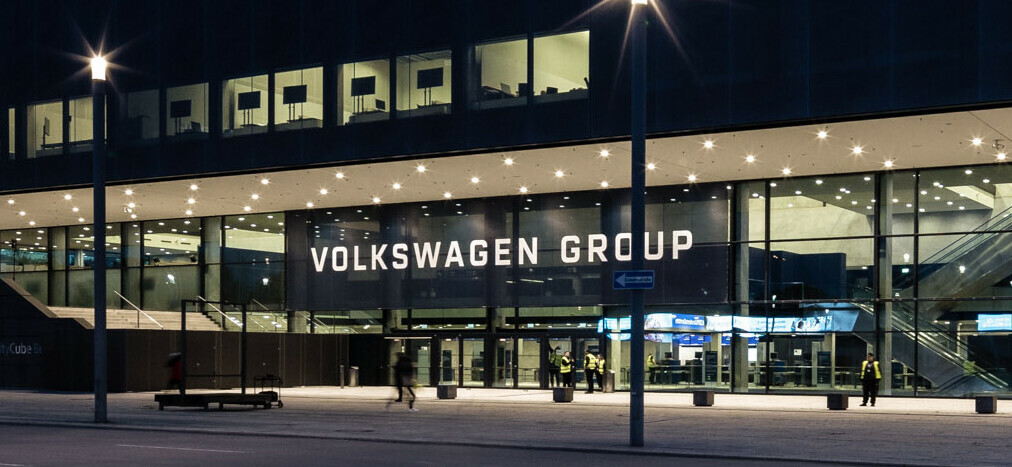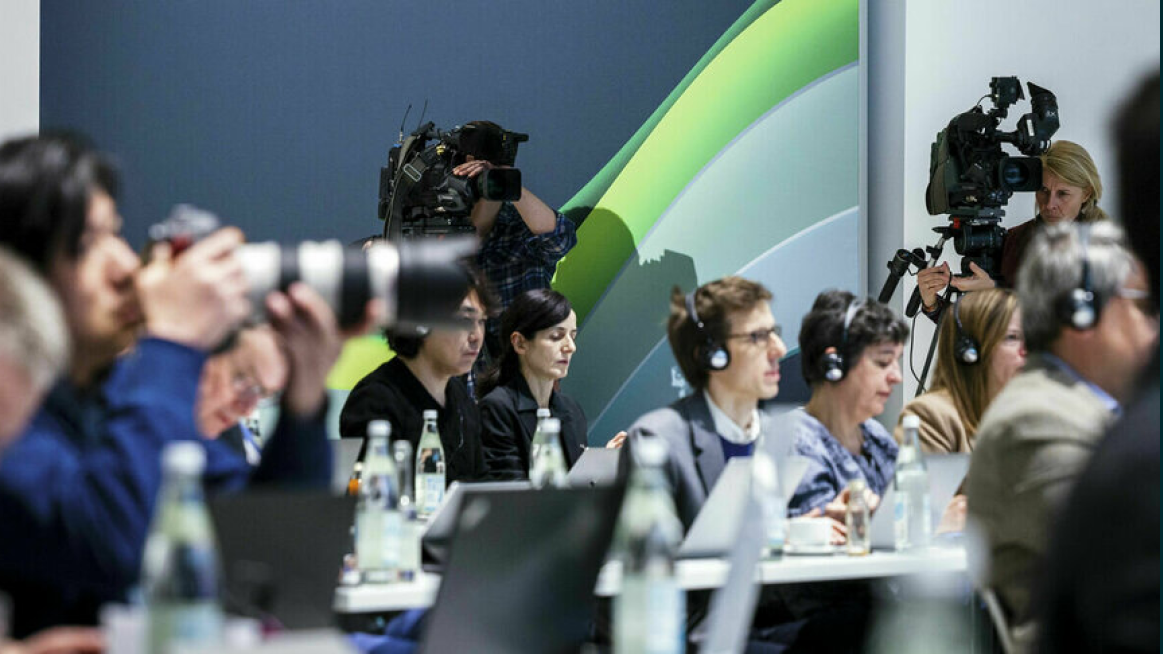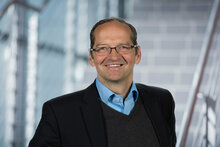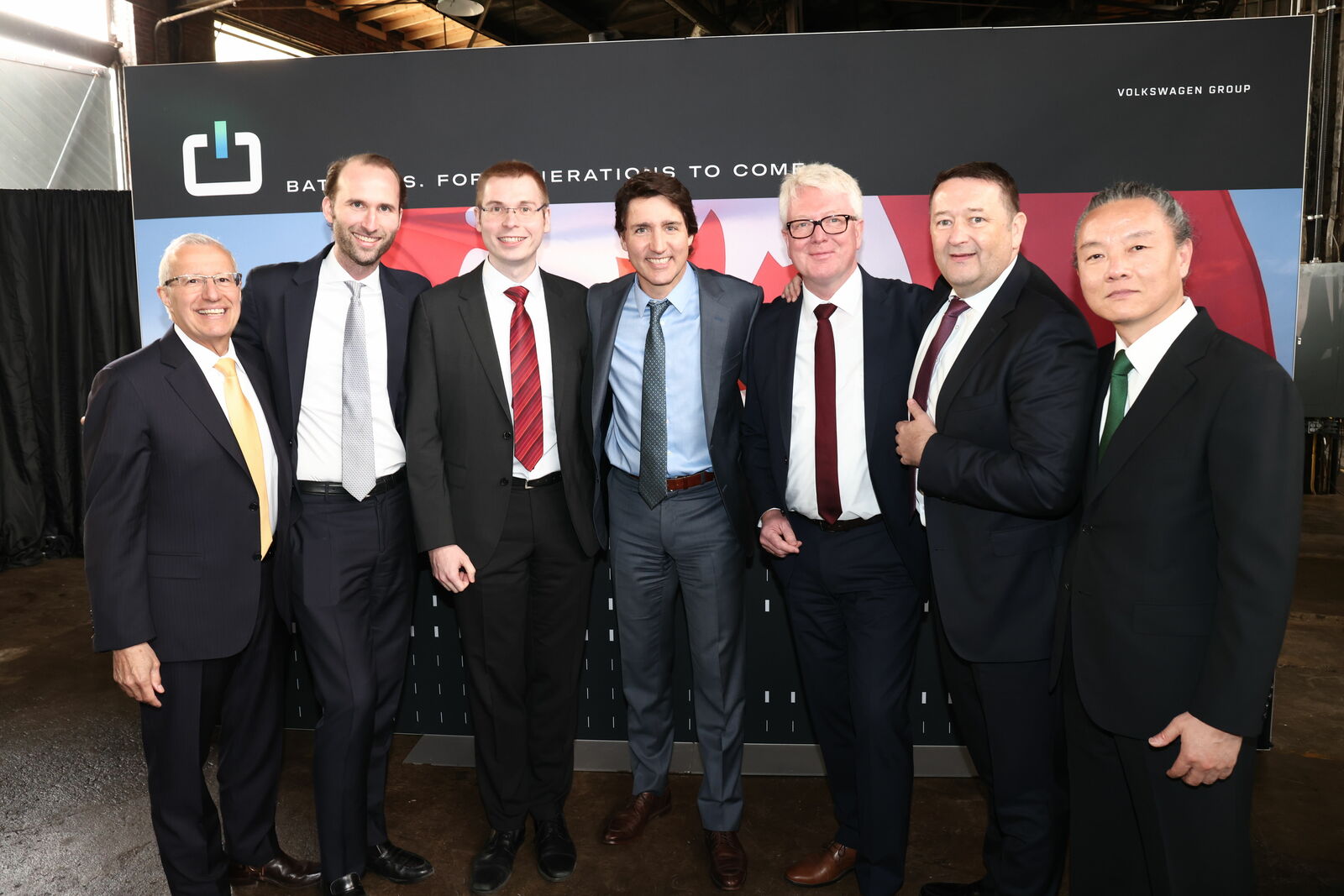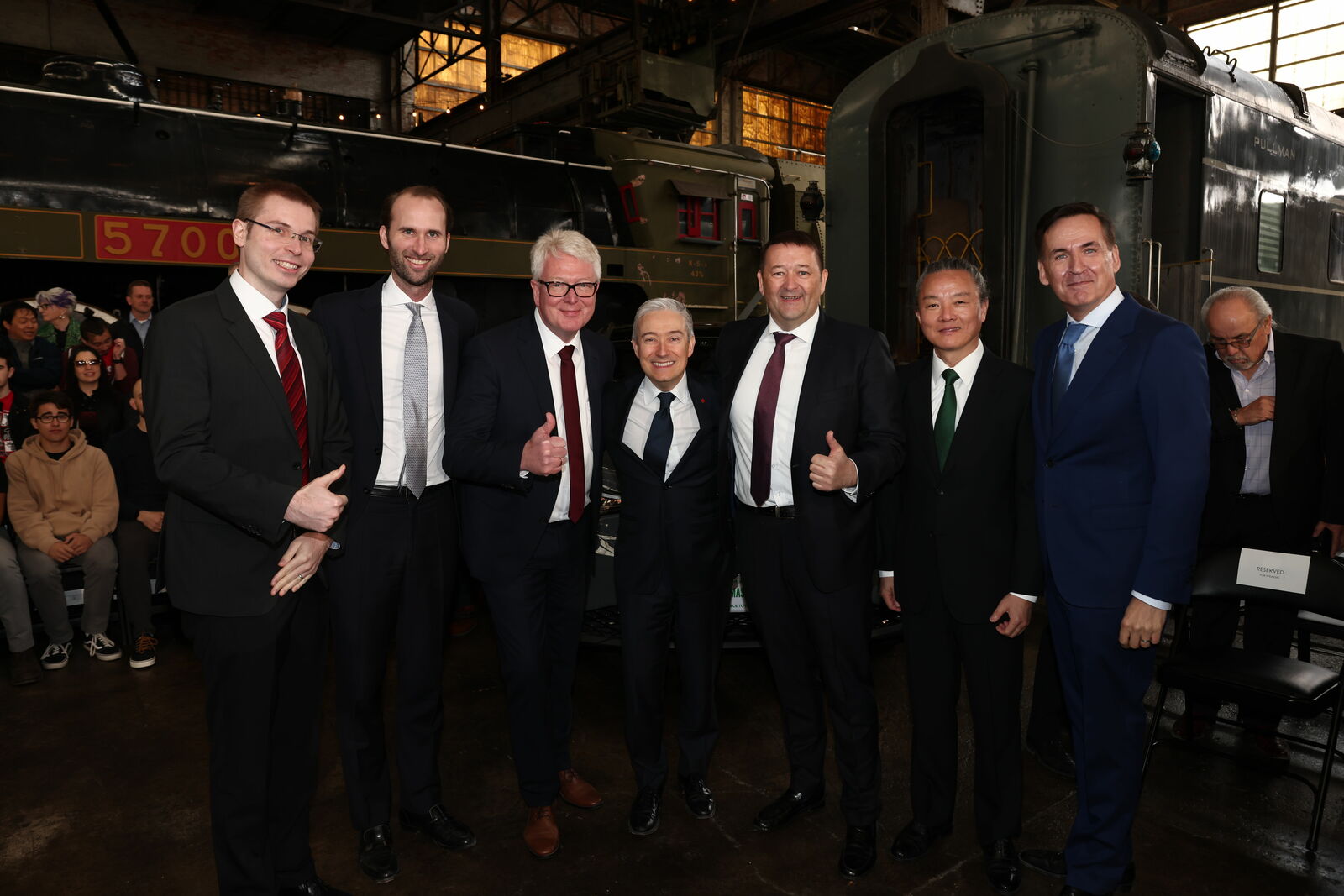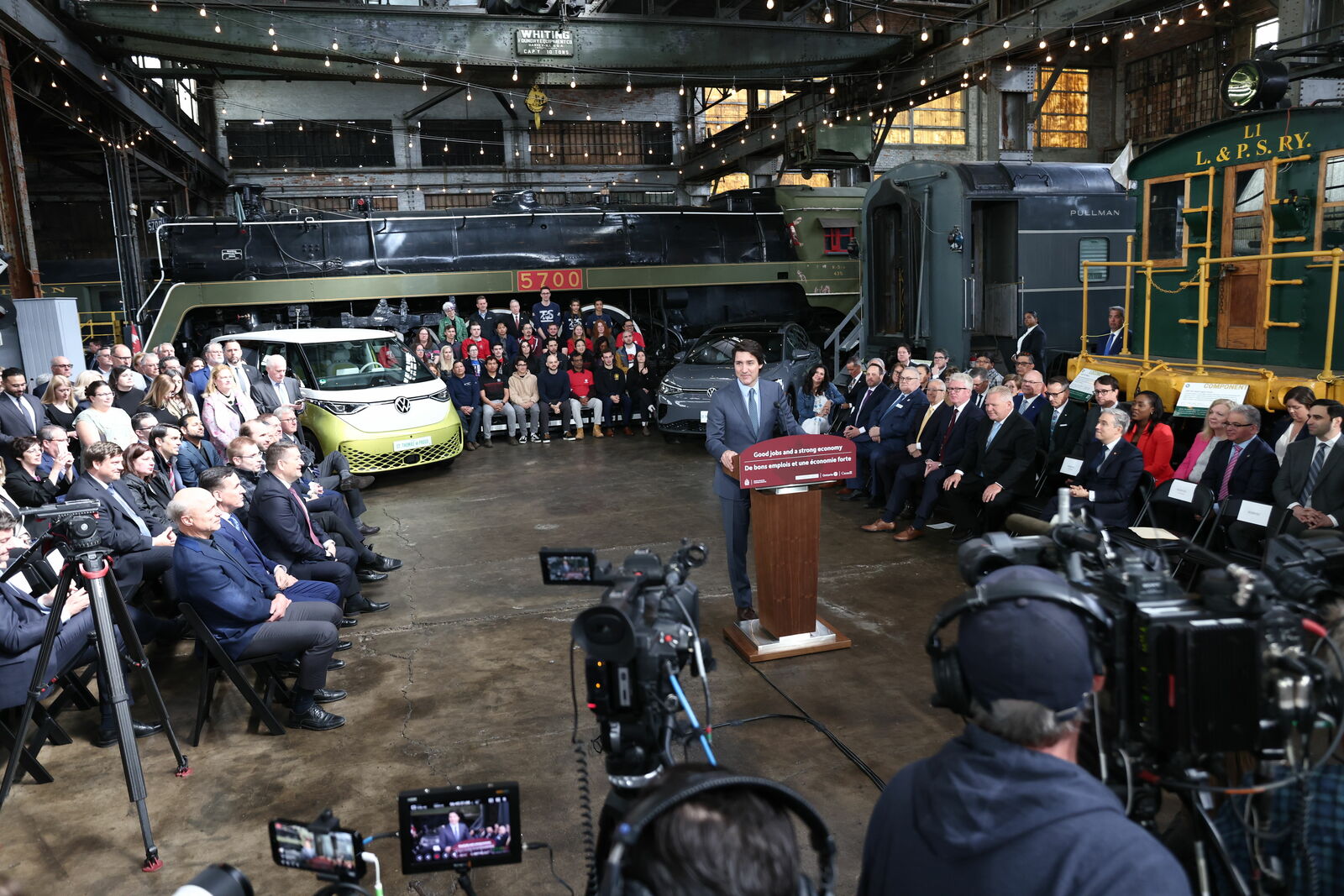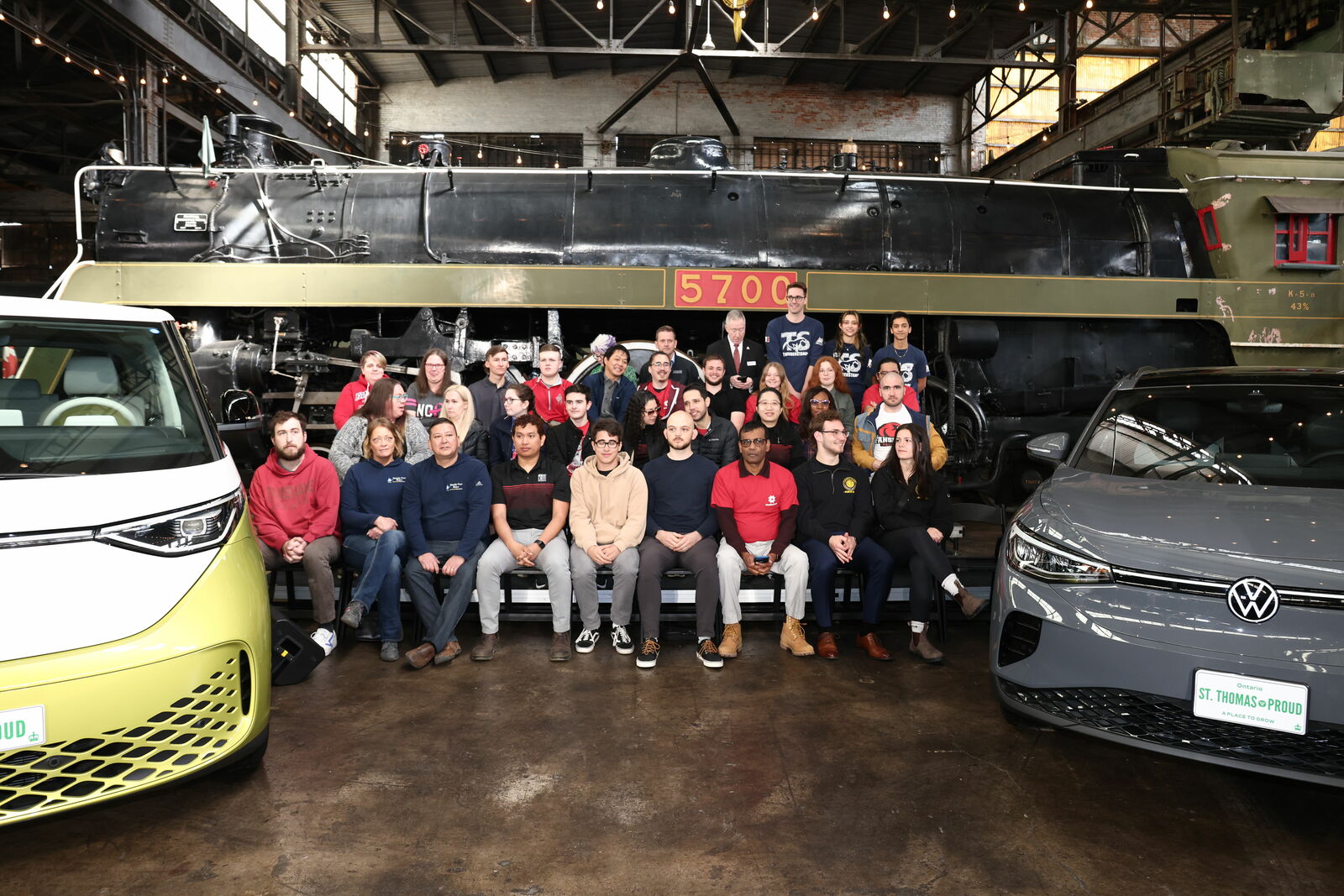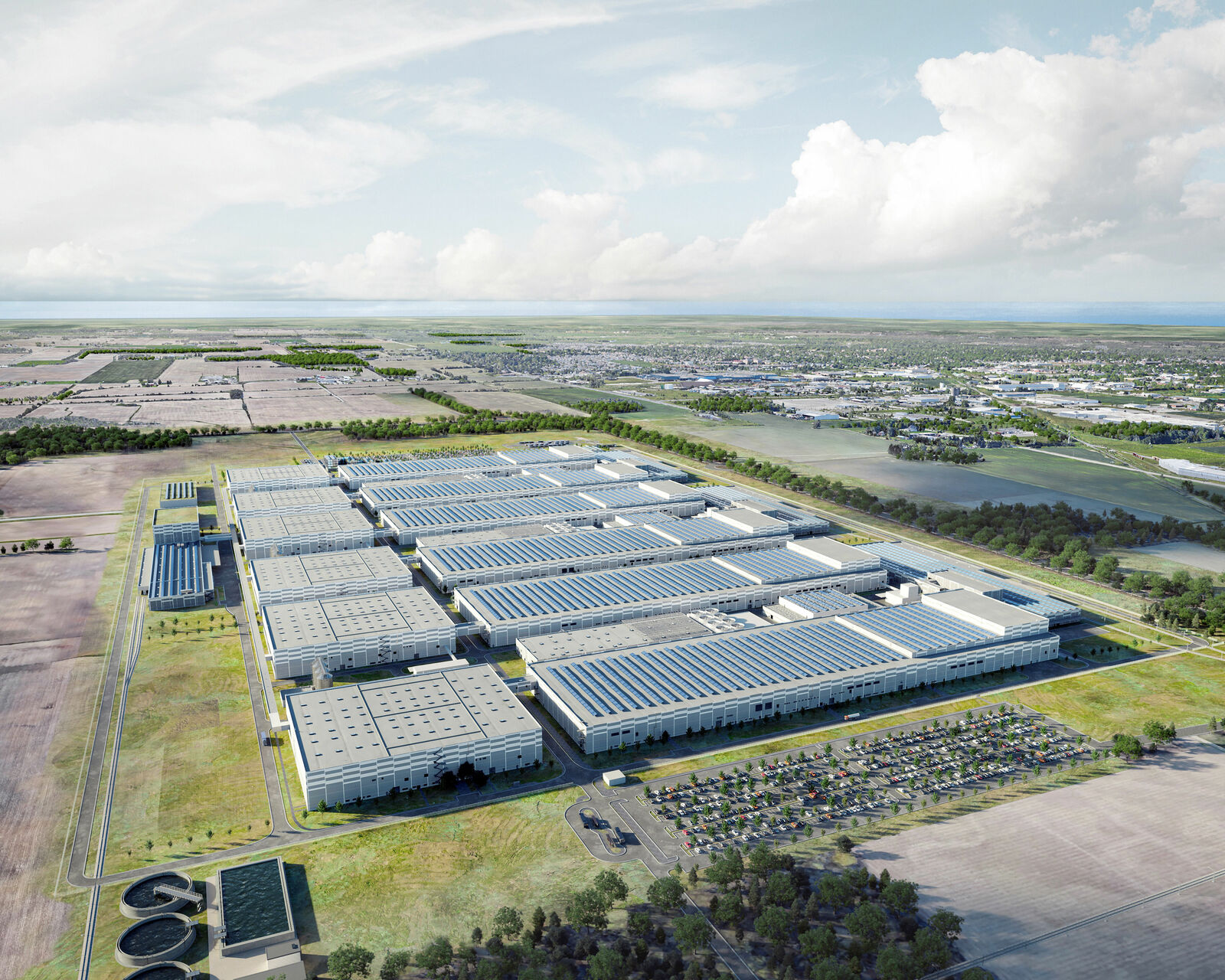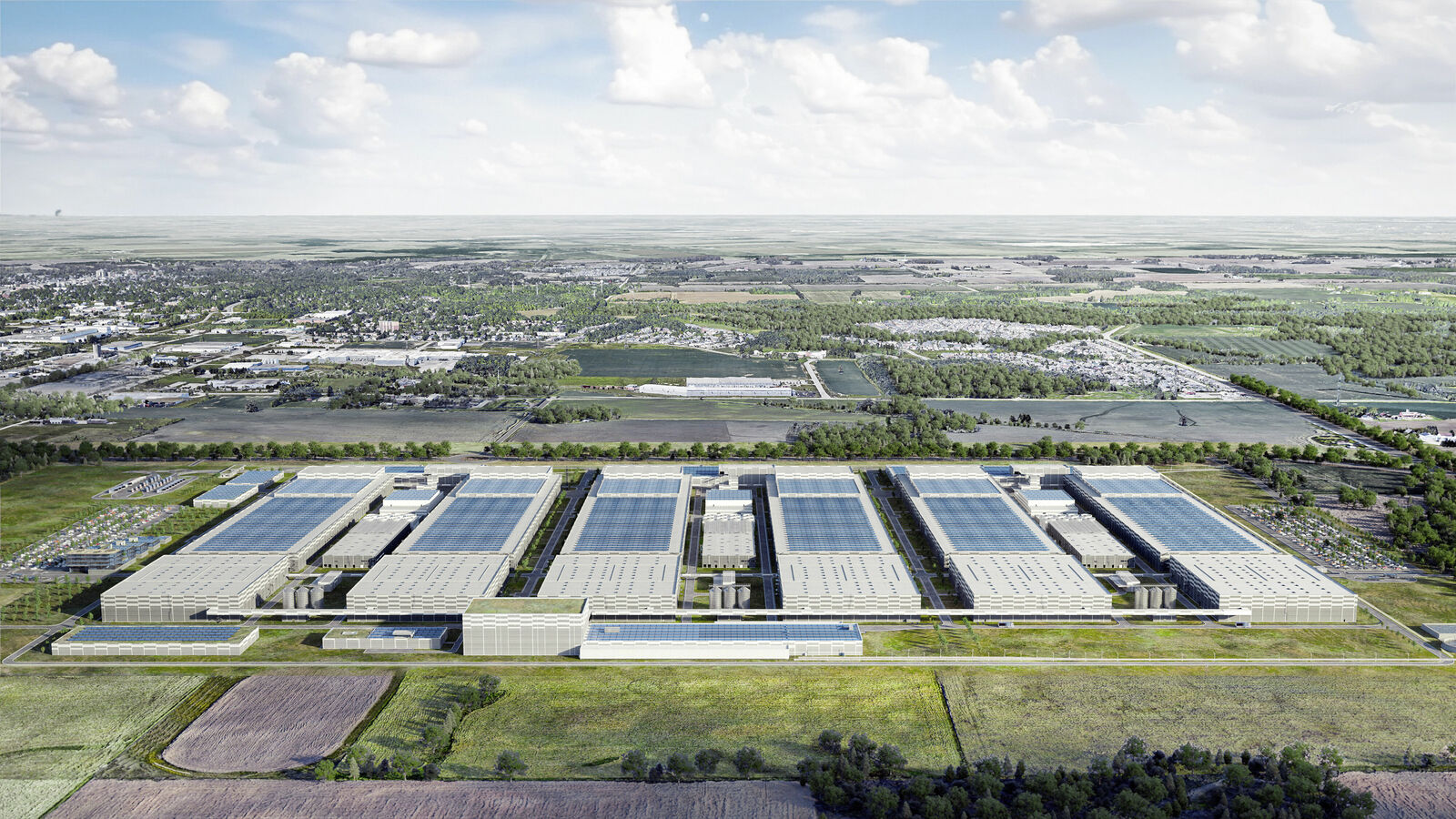Prime Minister Justin Trudeau: “When we talk about our made-in-Canada plan, we’re talking about creating good, middle-class jobs now and into the future, we’re talking about clean air for our kids and grandkids, and we’re talking about a strong economy that works for all Canadians. That’s what Volkswagen’s new electric vehicle battery plant in St. Thomas – the largest manufacturing plant in the country once built – is all about. It’s a win for workers, for the community, and for the economy.”
Thomas Schmall, Volkswagen Group Board Member for Technology: “North America plays a key role in our global battery strategy. The region will become PowerCo SE’s second pillar beside Europe, with battery cells made in North America for North America. Gigafactory St. Thomas opens the door to a key market for e-mobility and battery cell production. We aim to make PowerCo a global player in the battery business and to pave the way for clean, sustainable mobility. Gigafactory St. Thomas is an important milestone in our roadmap.”
Proof point for Volkswagen Group’s ambitious growth strategy in North America
St. Thomas is the company’s first overseas gigafactory for cell manufacturing and will equip the Group brands’ BEVs in the North American region with cutting-edge unified cells, a whole new cell technology designed for volume production. Groundbreaking is planned for 2024 and production is projected to begin in 2027. The cell factory is part of a larger plan that Volkswagen and PowerCo agreed upon with Canadian Prime Minister Justin Trudeau's government in August last year. The Memorandum of Understanding signed at the time focusses on battery value creation and raw material security in order to promote e-mobility in the country.
The decision to expand PowerCo SE’s cell production network to Canada is further proof of the ambitious growth strategy of the Volkswagen Group in North America. This includes the introduction of the broadest portfolio of full-electric vehicles in the United States and Canada by 2030, the expansion of Electrify America’s coast-to-coast charging network in the U.S. and Canada as well as the announcement of the iconic Scout brand to deliver its first all-electric vehicles in 2026.
Frank Blome, CEO of PowerCo SE: “We are honoured to partner with Canada, Ontario, and the City of St. Thomas to take the EV industry to a new level. PowerCo was founded in Europe to make a difference in the battery business, offering cutting-edge cell technology and sustainable manufacturing. That includes the creation of up to 3,000 new jobs and great working conditions for our employees in theSt. Thomas area. We share the same values and are committed to be a reliable partner for the people in St. Thomas and Ontario.”
François-Philippe Champagne, Canada’s Minister of Innovation, Science and Industry: “Today’s announcement is a true testament to our highly skilled workforce and Canada’s strong and growing battery ecosystem. VW’s decision to establish its first overseas gigafactory in Canada speaks to our country’s competitiveness when it comes to attracting major investments. It is also a vote of confidence in Canada as the green supplier of choice to the world. With Volkswagen and PowerCo, our government looks forward to working together towards a cleaner, more sustainable and resilient economy.“
Strategic location at the heart of the Great Lakes Automotive Corridor
The cell factory is being built over an area of around 370 acres (150 hectares), which corresponds to more than 210 soccer or football fields. The entire industrial and supplier park amounts to 1,500 acres (600 hectares). Its strategic location about 30 km south of London, Ontario, is at the heart of the Great Lakes Automotive Corridor and near major cities such as Toronto and Detroit. That gives PowerCo prime access to the regional research and innovation cluster, talented workforce, good transport infrastructure and established supply chains. Furthermore, the cell factory will be supplied with 100 % CO2-free energy.
Ontario is a leader in the global automotive industry and right on track to become a powerhouse in the emerging EV space. With more than 700 automotive-related companies, full access to critical minerals and its end-to-end, ethical battery supply chain, Ontario offers perfect conditions for EV investments. Since 2020, Ontario has attracted almost CAD$ 13 billion in electric vehicle and EV battery investments.
Doug Ford, Premier of Ontario: “This investment, the largest auto investment in our province’s history, is a big win for Ontario, the people of St. Thomas and surrounding areas. We’re thrilled to welcome Volkswagen and PowerCo SE to Ontario and thank them for their tremendous confidence in our province, our workers and our growing electric vehicle supply chain. Welcome to Team Ontario, Volkswagen!”
Vic Fedeli, Ontario’s Minister of Economic Development, Job Creation and Trade: “Last October, we met with Volkswagen in Germany to discuss the possibility of a new EV battery manufacturing facility. Six months later, we’re proud to say this potential will become a reality. Volkswagen’s historic investment will strengthen our end-to-end electric vehicle supply chain and create more good-paying jobs for workers in St. Thomas and across the province. Our government continues to create the right conditions for businesses and workers to succeed now and in the future. Thank you, Volkswagen, for choosing Ontario.”
PowerCo on track to become a global battery player
The Volkswagen Group has made battery technology a core element of its 10 Point Plan aimed at speeding up the company’s transformation. Volkswagen set up PowerCo SE in Germany, a separate battery company, bundling the Group’s global battery business across the entire value chain – from raw material supply and development to the construction and operation of gigafactories. Since its launch in July 2022, PowerCo SE has decided on the location of three cell factories in Salzgitter, Valencia and St. Thomas in North America. By 2030, PowerCo and partners are expected to generate annual revenue of over 20 billion euros.

